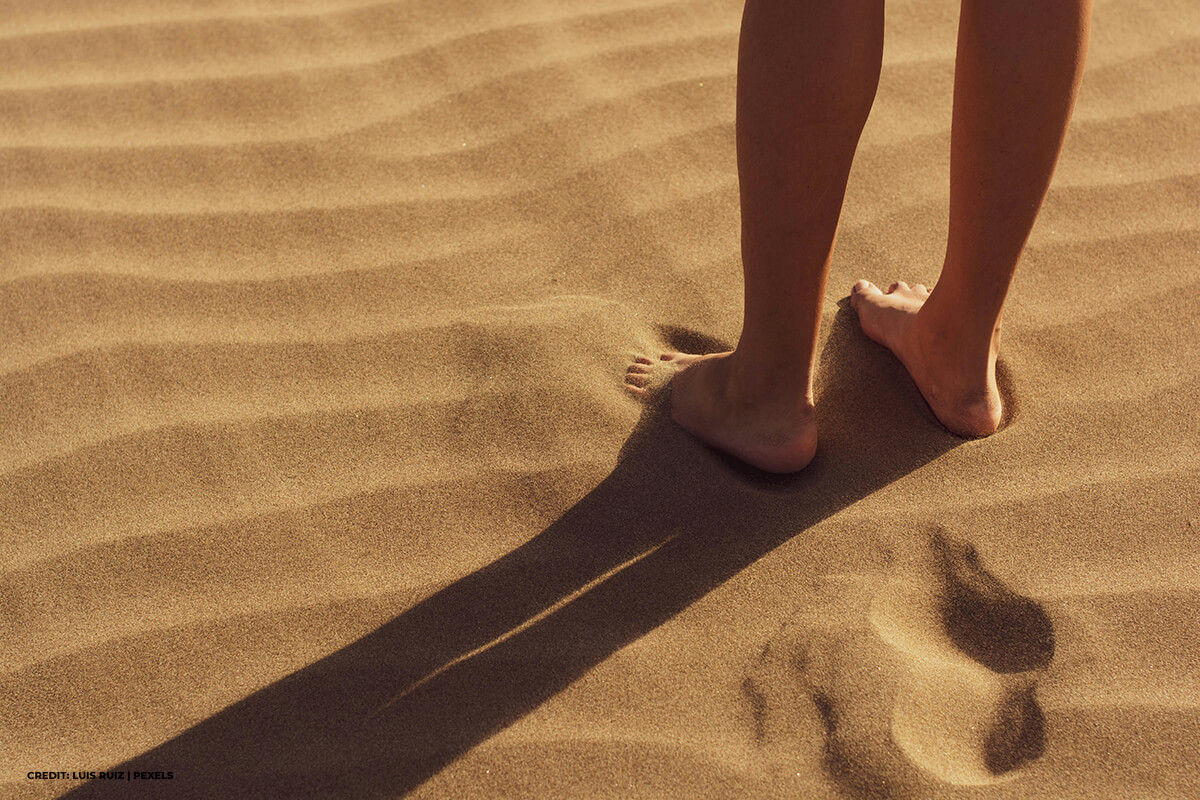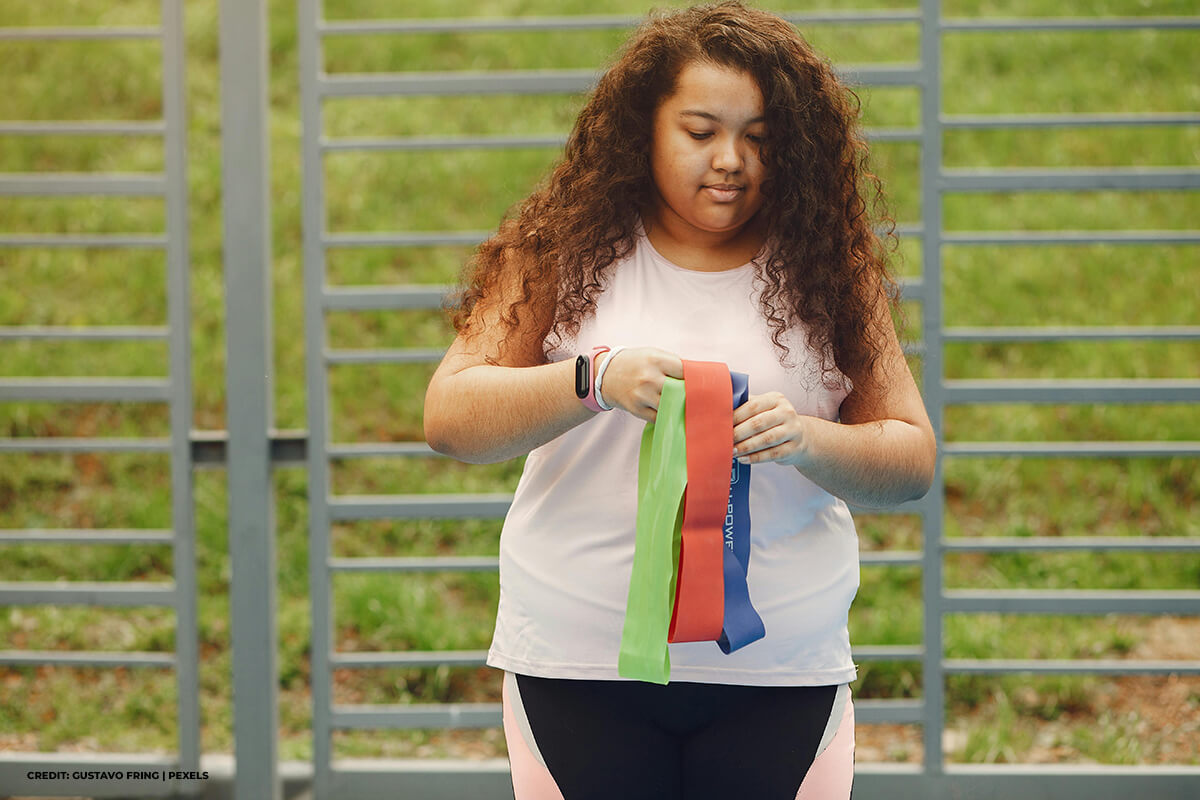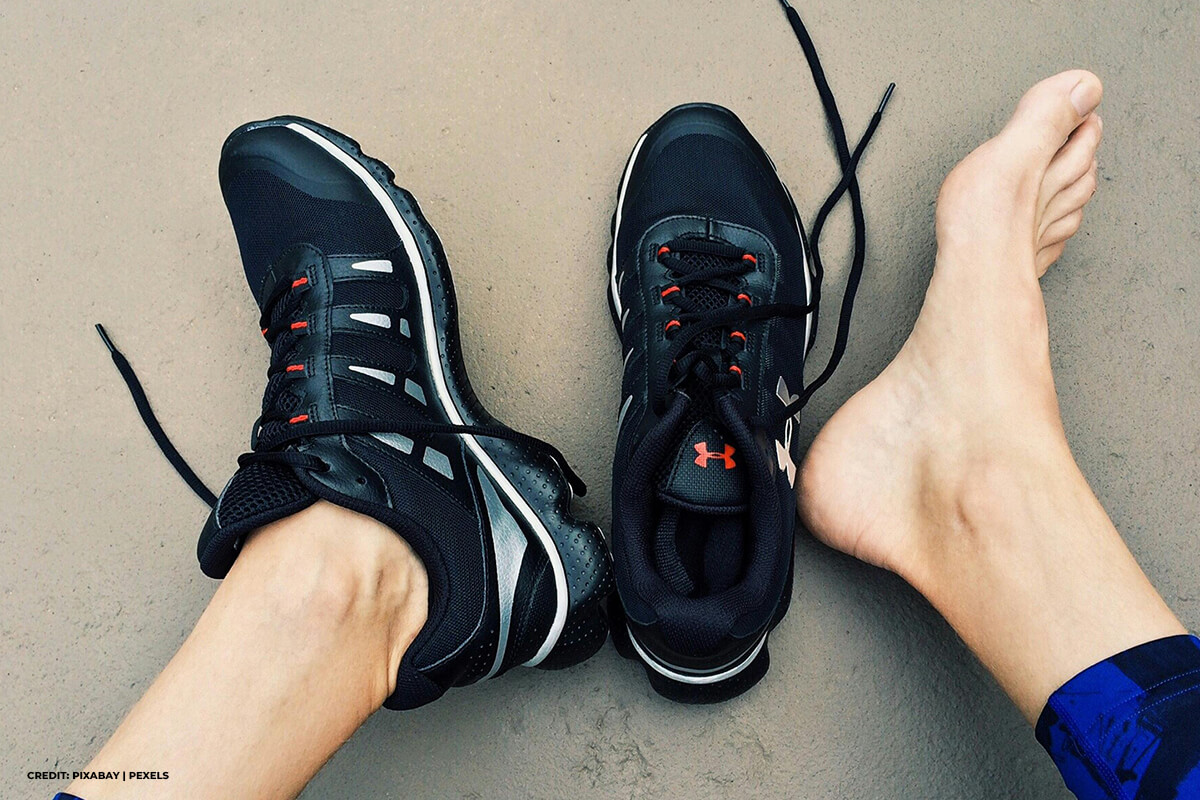Foot Clinic Guide: Top Summer Exercises to Strengthen Your Feet
Your feet carry you through every season, but summer is when they work overtime. Sandals, trails, patios, hikes, beaches, marathons, and even barefoot afternoons in the backyard mean your feet get less support and more strain.
If you’ve ever felt that dull ache after a long walk or noticed your balance slipping while wearing lighter shoes, it’s your body’s way of asking for help.
The good news? You can train your feet to be stronger, more stable, and more pain-resistant with a few targeted summer exercises. Whether you walk for leisure or spend your weekends climbing trails in Banff or Gatineau, foot strength makes a difference, and so does the right support. Let’s look at how to make your feet your foundation this season.
-
Follow Foot Clinic Favourites to Train Your Toes
Your toes are the control panel of your foot. If they can’t grip, stretch, or support properly, you risk overcompensating with your ankles, knees, and hips.
Toe splay drills are a perfect starting point. Sit barefoot and attempt to spread your toes apart, holding the stretch for 5 seconds before releasing. Repeat 10–15 times daily. Over time, this builds neuromuscular control, which is crucial for stability on uneven ground.
Add towel curls to your routine: place a towel flat on the floor and use your toes to scrunch it toward you. Three sets of 10 can significantly improve your arch control.
-
Walk Barefoot to Strengthen Naturally

When the weather permits, walking barefoot on grass or sand gives your foot muscles a workout they don’t get in structured shoes. Sand shifts under pressure, forcing your feet to stabilize in all directions. That’s a natural strength workout with every step.
Aim for short intervals at first (5 to 10 minutes) on a cool morning or evening. Don’t push too hard too fast, especially if you’re used to supportive footwear. Your feet need time to adjust to this challenge.
Bonus: Walking barefoot on grass (often called “earthing”) isn’t just good for your feet; it’s relaxing and can relieve tension throughout your legs and lower back.
-
Activate Your Arches with Simple Daily Moves
If your arches collapse when you stand or walk, your feet are likely overworked and undertrained. Weak arches can cause shin splints, plantar fasciitis, and even hip problems over time.
Start with the short foot exercise: while seated or standing, press the ball of your big toe into the floor while trying to lift your arch slightly without curling your toes. Hold for 5 seconds, relax, and repeat 10 times.
This subtle move targets the deep foot muscles that support your arch; perfect for people who spend long hours in cushioned shoes or sandals.
-
Boost Foot Power with Calf Raises and Toe Spread
Basic calf raises are great, but you can make them foot-focused. Stand barefoot, spread your toes out for a wider base, and slowly lift your heels off the ground while keeping your toes flat. Hold for two seconds at the top, then lower slowly.
To progress, try doing this on a stair or ledge for more ankle range. This variation targets the entire posterior chain, strengthens your Achilles tendon, and encourages better proprioception in your feet.
Try 3 sets of 12, three times a week. It’s a game-changer for both foot strength and athletic performance.
-
Challenge Your Balance to Improve Foot Function
Standing on one leg for 30–60 seconds may seem easy – until you try it barefoot. The small stabilizers in your feet and ankles have to work overtime to keep you upright.
To take it up a notch:
- Close your eyes while balancing
- Add arm movements or hold light weights
- Stand on an uneven surface like a balance pad or soft grass
You’ll feel the burn in your feet, calves, and even glutes. That’s your body learning to work as a connected unit.
-
Mobilize Your Big Toe for Better Push-Off Strength
The big toe plays a critical role in every step – it helps push your body forward. If it’s stiff, weak, or lacks mobility, it can throw off your gait and cause fatigue or pain elsewhere.
One effective mobility drill: kneel with your toes tucked under and sit back gently on your heels (as tolerated). This stretches the big toe and plantar fascia. Hold for 20–30 seconds and repeat three times.
To strengthen it, use resistance bands or toe separators. Practice pressing your big toe into the floor while lifting the other toes. Over time, this builds the kind of control that supports high-level performance and everyday comfort.
Pair Exercises with Orthotics for Functional Support
No matter how strong your feet become, structure matters. That’s where orthotics come in, as precision tools to guide your movement and prevent overload.
According to a study, orthotic devices can significantly impact physical function and should be used with a certified orthotist to achieve functional and recreational goals (An et al., 2023). When paired with strengthening exercises, orthotics support alignment and reduce compensatory stress on your joints.
If you’re on your feet for work or play, orthotics can bridge the gap between strength and comfort. They can also correct subtle gait issues that might otherwise go unnoticed.
Use Resistance Bands to Train Ankle and Foot Muscles

Resistance bands are lightweight, portable, and ideal for summer workouts. For foot strength, try this:
- Loop the band around your forefoot
- Anchor it to a fixed object
- Pull your foot against the resistance in all directions: up, down, left, and right
This multidirectional training builds ankle mobility, strengthens the peroneal and tibialis muscles, and reinforces lateral stability, which is important for trail walking, tennis, and weekend soccer matches.
A few minutes daily can make a big difference in how your feet respond to the demands of summer activity.
Get Help from a Physiotherapy Clinic for Long-Term Gains
If you’ve had lingering foot pain, a past injury, or you’re just unsure where to start, a physiotherapist can map out a customized plan. From plantar fasciitis to Achilles issues, they’ll identify imbalances, recommend foot-specific exercises, and even suggest orthotic support if needed.
A trusted North York physiotherapy clinic often sees patients who thought they had knee or hip problems, only to discover the source was poor foot mechanics.
This kind of support can mean fewer injuries and more freedom to enjoy summer’s best moments.
Prioritize Recovery with Massage and Elevation
Recovery matters just as much as training, especially for your feet, which take a beating during summer activities like walking, hiking, and strength workouts. Massaging your feet daily can significantly ease tension and prevent discomfort.
Using tools such as a frozen water bottle, lacrosse ball, or foam roller, gently roll the bottom of your feet to target the plantar fascia and arches. These areas often become tight and sore from overuse or improper footwear. The cold from a frozen water bottle helps reduce inflammation while the pressure from the ball or roller loosens muscle knots and improves circulation.
For deeper and more effective relief, consider professional massage therapy. Licensed massage therapists can focus on soft tissue release, targeting not only the feet but also the calves and lower legs, which directly affect foot health. Massage therapy enhances blood flow, reduces muscle tightness, and promotes faster healing of minor strains.
This approach is especially beneficial if you experience chronic foot pain, plantar fasciitis, or fatigue after long days on your feet.
-
Reduce Swelling by Elevating Your Feet
Elevating your feet for 10 to 15 minutes at the end of the day can significantly reduce swelling and promote healthy circulation. When you stand or walk for extended periods (especially in hot weather or with less supportive footwear) fluid tends to pool in your lower extremities, leading to swelling and discomfort.
Elevation helps counteract gravity’s effects by encouraging blood and lymphatic fluid to flow back toward your heart. For best results, lie down and prop your feet above heart level using pillows or a recliner.
Incorporating foot elevation into your daily routine not only relieves swelling but also reduces the feeling of heaviness and fatigue. This simple habit can speed recovery and prepare your feet for the next day’s activities.
-
Add Epsom Salt Foot Soaks for Extra Relief
A warm Epsom salt foot soak once or twice a week can provide soothing relief to tired and aching feet. The magnesium sulphate in Epsom salts penetrates the skin and helps relax muscles, reduce inflammation, and ease cramps. Foot soaks also promote better blood flow, which accelerates recovery from minor strains and fatigue caused by summer adventures.
To create a relaxing soak, dissolve half a cup of Epsom salts in a basin of warm water and soak your feet for 15 to 20 minutes. You can also add a few drops of essential oils such as lavender or peppermint for an extra calming effect. After soaking, dry your feet thoroughly and follow with a gentle massage or light stretching to maintain mobility and flexibility.
Make Stronger Feet Your Summer Foundation
Feet often get ignored in the hierarchy of fitness. However, when they’re conditioned, mobile, and well-supported, every movement improves. Think of these exercises as small investments with major returns: less pain, better posture, and more enjoyment of everything summer has to offer.
Your feet deserve more than tight shoes and thin flip-flops. Give them what they need (support, movement, and attention), and they’ll carry you far.
If you’re ready to take the next step, book an appointment at a trusted foot clinic in North York. The team at Oriole Physiotherapy and Rehabilitation Centre offers personalized foot care, orthotics, and rehab strategies designed to support your goals. Call us at (416) 221-0772 to start your journey toward stronger, pain-free feet this summer.
Check Other Related Articles
How to Perform Basic Foot Care at Home: Tips for Maintaining Foot Health
8 Common Foot and Ankle Injuries

